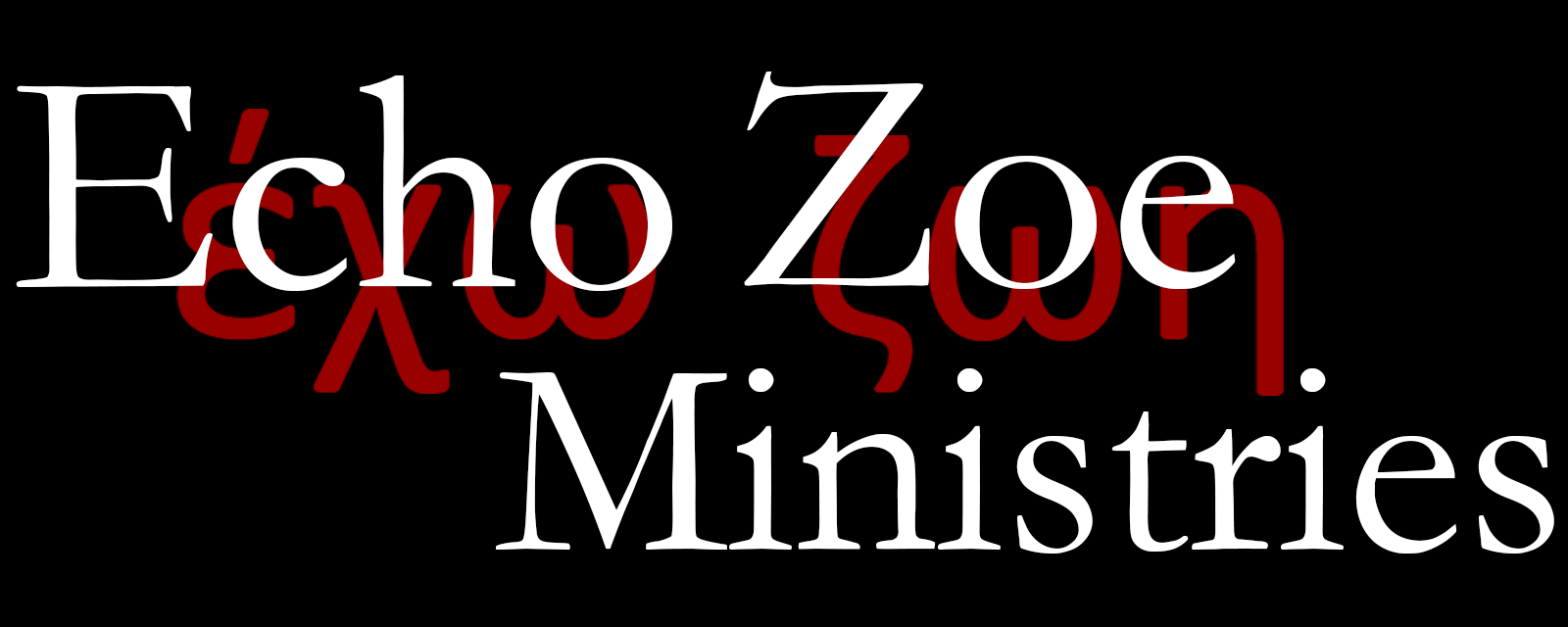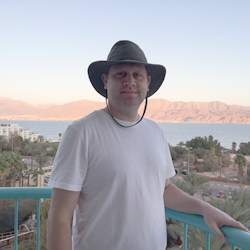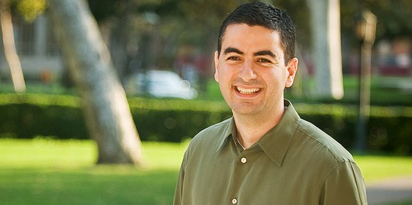
Earlier this month, filming for “The Conquest” (a follow-up to “Jerusalem’s King”) took us to Israel. In between filming, we put together a video tour of about a dozen sites throughout the country. Ryan Habbena guides us through several sites in Jerusalem, and Aharon Levarko joins us mid-trip to guide us around sites outside of Jerusalem.
[Update 1/19/2020] Follow along with the tour via a new Google Maps tour.
Podcast: Play in new window | Download (Duration: 1:49:41 — 204.4MB)
Subscribe: RSS
An Outline of the Discussion
- An Overview of Jerusalem
- The Temple Mount (Mount Moriah)
- The Dome of the Rock
- The Mount of Olives
- The Al-Aqsa Mosque
- Via Dolorosa
- The Kidron Valley
- Mount Scopus
- Mount of Sin
- The City of David
- The Kidron Valley
- Between the Temple Mount (Mount Moriah) and the Mount of Olives.
- Significance goes back to Abraham’s day.
- Melchizedek met Abraham in the Kidron Valley with bread and wine.
- Jesus crossed the Kidron Valley on Palm Sunday.
- The Garden of Gethsemane is adjacent to the Kidron Valley.
- Zechariah’s Tomb and Absalom’s Pillar are in the Kidron Valley.
- The Mount of Olives is covered in tombs – mostly Jewish, but some Muslim as well.
- Via Dolorosa
- Extends from Ecco Homo (the traditional site of Jesus’ trial) to the Church of the Holy Sepulcher (The traditional site of Jesus’ crucifixion.)
- We favor Gordon’s Calvary as the more likely site for the crucifixion (The Church of the Holy Sepulcher isn’t on Mount Moriah.)
- Most of the Via Dolorosa is in the Muslim Quarter, but ends in the Christian Quarter.
- The Garden of Gethsemane
- Very likely to be the authentic site of the ancient Garden of Gethsemane.
- The Garden is an olive grove at the foot of the Mount of Olives.
- The olive press is symbolic of the pressing/strife that Jesus endured immediately prior to the crucifixion.
- Some of the trees there today have their origins at the time of Christ.
- Mount Zion
- Located on the Southwest corner of the Old City, just outside the city walls.
- The Upper Room and David’s tomb are located on Mount Zion (traditional sites.)
- The modern Mount Zion isn’t actually Biblical Zion.
- The building where tourists go to see the Upper Room is relatively new, too new to be where the Last Supper took place.
- The Menorah
- Located within the heart of the Jewish Quarter in the Old City of Jerusalem.
- The Temple Institution moved the Menorah it’s current location about a year ago.
- This Menorah will be moved into the Temple when it is rebuilt at some point in the future.
- It’s not pure gold, but is covered in roughly 100 pounds of gold.
- The movement is growing to build the Temple, but currently the Dome of the Rock sits where the Temple would be.
- The rebuilding of the Temple will not happen by force.
- Everything is in place for the Temple except the location.
- Hezekiah’s Tunnel
- One of Four tunnels found in Israel to deliver water into city walls from outside.
- Built in the 8th Century BC.
- Roughly 1300 feet long
- Dug from each end, they met in the middle.
- Ein Gedi
- Located on the western side of the Dead Sea, in the Judean Desert.
- Difficult to live in this location, but it does have water and trees.
- David fled to Ein Gedi to hide from Saul.
- Saul leaned of David’s presence in Ein Gedi and pursued him.
- Many Psalms where likely written at Ein Gedi.
- Mount Gilboa
- Located at the East end of the Jezreel Valley
- During the period of the Judges, the Midianites assembled against Israel. Gideon was called by God to conquer them with only (ultimately) 300 men against 135,000.
- The Philistines killed Saul at Beit She’an, at the foot of Mount Gilboa.
- Mount Precipice
- Located on the south side of Nazareth, on the north-central edge of the Jezreel Valley.
- Traditionally the location where Jesus fled as the crowd from Nazareth sought to kill him.
- And they rose up and drove him out of the town and brought him to the brow of the hill on which their town was built, so that they could throw him down the cliff. But passing through their midst, he went away. – Luke 4:29-30
- Zippori
- The name comes from “Zippor” which means “a bird.” Zippori is perched (like a bird) atop a hill.
- Zippori was the capital of the Galilee province.
- Alnog with Nazareth and Cana, one of three major cities in the area.
- Not mentioned in the New Testament.
- Jesus likely would not have entered the city of Zippori, because it was a mixed city (Roman and Jewish,) and Jesus didn’t enter mixed cities (see also Caesarea Philippi – Matthew 16.) When such cities are mentioned, the people came out from the cities to see Jesus, he didn’t enter.
- Most of what we know about Zippori is found in the writings of Josephus.
- Zippori didn’t participate in the rebellions against Rome, and was spared.
- Zippori was the seat of Rabbinic Judaism in the 2nd century.
- A mosaic of Dionysus in Zippori is called “the Mona Lisa of Zippori.”
- Dionysus was the goddess of wine & drunkenness. Jesus changing water into wine would have been a direct challenge to Dionysus.
- Tel Megiddo
- Megiddo is the largest Tel in the land. A Tel is a hill made up of layers of civilization. Tel Megiddo has about 25 civilizational layers.
- Tel Megiddo lies along a major trade route.
- Megiddo has a tunnel that brings water into the city, just like Hezekiah’s Tunnel in Jerusalem.
- Megiddo was built to withstand siege warfare.
- Caesarea
- On the Mediterranean coast, along a major trade route.
- Built by Herod to tax boats passing through along the trade route.
- The Centurion Cornelias resided in Caesarea.
- Caesarea is the location from which the Gospel went out to the world.
- The Greeks and Romans deified people, and statues survive of those who were deified.
Scriptures Referenced
- Genesis 14
- Hebrews 7
- Zechariah 14
- Exodus 25
- 2 Samuel 1
- 1 Samuel 24
- Judges 7
- Luke 4:29
- Matthew 16
- Acts 10
- Genesis 11




